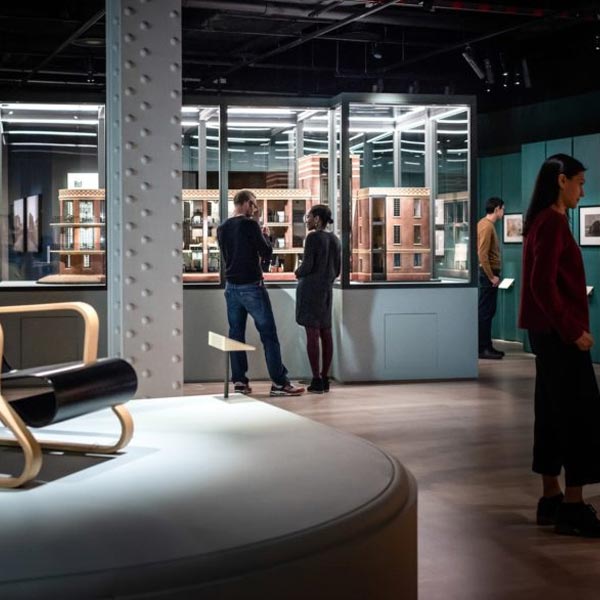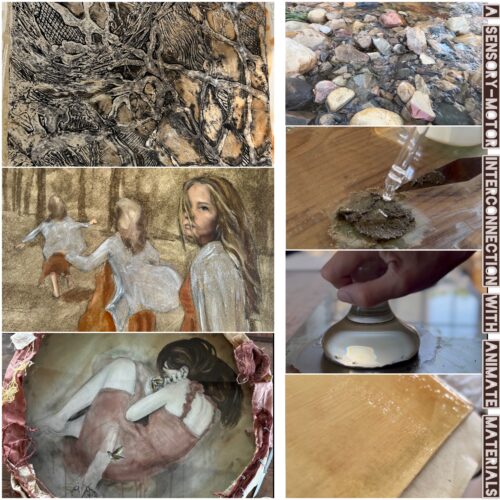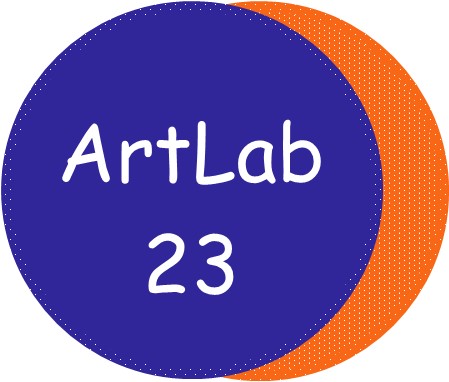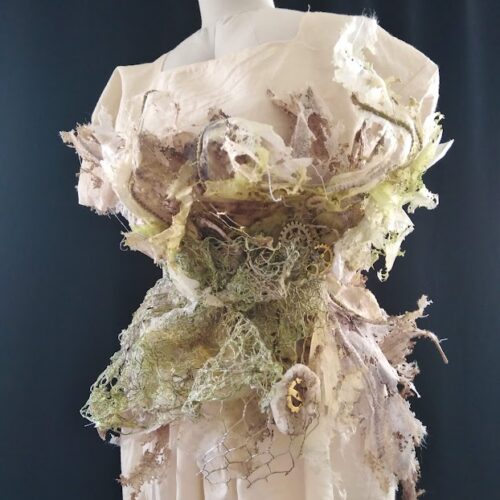
3 D Printing…. really? Really!
OCA tutor and artist Stephen Monger gets to grips with 3D printing and reports on it here for us.

In June 2012, I was awarded a digital art commission from Exeter Pheonix. The commission was an opportunity to explore 3D printing at the Centre for Additive Layer Manufacturing (CALM) at the University of Exeter. I would join a group of 30 artists from the South West of England all looking to learn and ask questions about what the technology could bring to their practices.

3D printing has been around for approximately 25 years and more recently with advances in technology, the cost has begun to come down. This has allowed for the process to be used for manufacturing, rather than just rapid prototyping. A printed object starts its life as a digital 3D file on computer and is then printed layer by layer in a suitable material (nylon, ceramic, gold, titanium, chocolate etc.).

For this commission CALM would manufacture an object in white nylon for each of the artists, on their Laser Sintering machine, that fitted within the dimensions – 180 x 200 x 250 mm. We would be introduced to some of the processes at their laboratories (laser sintering, laser melting, blown powder, material extrusion and 3D printing), taught to use 3D drawing software, shown some 3D scanning, and then left to produce our individual designs over a six week period.

The technology associated with 3D printing is wide ranging: with printers from 1000k to under 1k; high end scanners or £20 products from the high street; and professional 3D drawing software for sale or other packages like SketchUp available for free online. With the increasing devolution of such technology, the possibilities for artists and designers have become greater.
My practice is photography and one of the ways I work is by building cardboard models of buildings that I then photograph. The end result is always a two-dimensional print and the models are not for public show. The opportunity to explore a new way of making was intriguing and the idea of a 3D ‘print’ suggested a finality or an object to me. Maybe this would be one way I could exhibit models along side my photographs.

Working on a commission like this has its challenges. There was the new technology to learn, the decision to commit myself to an idea, build it and the thought that any mistakes I make are on public view. I also wanted to utilise as much of the 180 x 200 x 250 mm rectangle I could. This was the most interesting constraint and can be seen on the final outcomes. I constructed three building fragments and their size was governed by how I could fit them into the rectangle. These fragments were interpretations of buildings I regularly photograph and have an ongoing visual interest in – The Bristol General Hospital and Birnbeck Island, Weston-super-Mare. I am grateful for a chance to engage in this process and would say that the real value of a commission is in the opportunity to think within boundaries.
Further Links:
Exeter Pheonix
CALM
Stephen Monger
Free SketchUp download
CFPR video






Coincidentally I was just watching a video on youtube about a 3D printed version of one of Theo Jansen’s kinetic sculpture, and all the moving parts work.
http://www.youtube.com/watch?v=C9tOc47ceWQ
Amazing technology… I want one!
If you want one you might want to take a look at the RepRap…
http://www.kickstarter.com/projects/johnecker/reprap-diy-3d-printing-in-your-home
…about as boring as a video about a self-replicating 3D printer could get, but it’s a fascinating concept, and you can get one for just $500.
Paul
Thanks Paul, I like the self replicating idea …
Strangely wierd. I’m not sure I really see the point. For example, the bone and the strainer- why go through that whole process just to get a replica? Maybe, though, they were just exercises. I would probably be more interested in seeing the cardboard models that Stephen makes than the anodyne white nylon version. They would have a handmade quality to them which would appeal to me. I can see 3D printing could be more interesting to do fantastical stuff. Perhaps, as the technology improves more artistic things will emerge. Then again, if Lidl start selling them, every second person will get one and the art world will be swamped with little white nylon replicas of things. Now chocolate replicas is a whole different thing.
If you look on youtube some of these machines are much more sophisticated, someone printed out a bicycle and rode away on it!!!!!!!!!
You can get a 3D printer that works with chocolate for a mere £2000ish!
I have enough trouble with my inkjet printer…
Can you print out in DNA?
🙂
I saw an article recently in the Metro about making your own mini-me doll. A Japanese company Omote 3D has used ‘toy-ifying’ technology that transforms the likeness of a person, taken in a 3D photo booth,into an anatomically accurate, full length figure made of plaster. You can get it painted too- only £170 for the 4 inch version and £330 for the 8 inch one!
Were you influenced by Thomas Demand’s approach where he creates cardboard scenes which he then photographs?